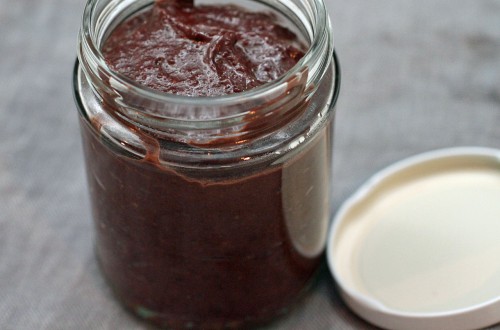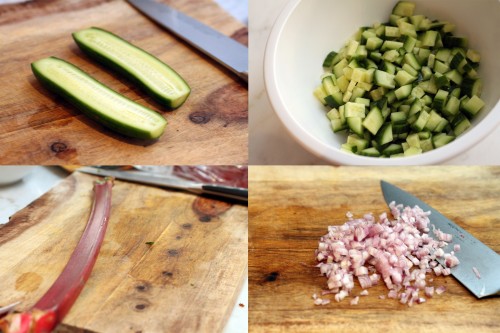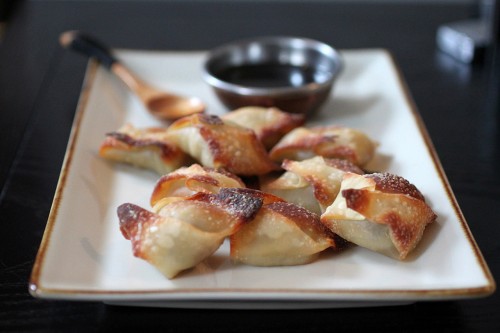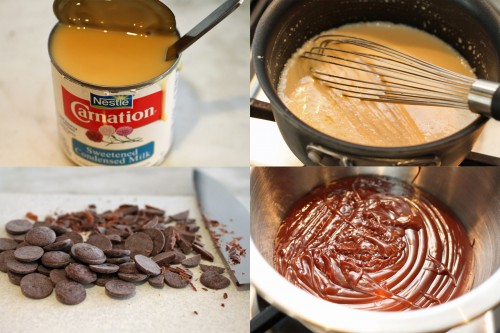Cherry-Pinot Paletas
When cherry season rolls around each year, I get oddly giddy. Maybe it’s a remnant of childhood – the feeling that these little fruits are the nectar of the gods (and thus you only get one of them on top of a sundae), that they are a privilege to eat (I remember fighting for the last one…), or that they were hands-down the best hard candy (Blow-pop, Ring Pop, Lifesaver, Jolly Rancher) flavor out there. Whatever the case, as an adult, I definitely go a bit dessert crazy around this time of year, working cherries in wherever I can, and here is one with a decidedly un-childlike spin….
The weather here in New York City has been absurdly hot, so naturally my thoughts turn to ways to cool off. Paletas are basically Latin American popsicles, and THE way to do it. They are usually made with fresh fruit juice, sometimes with bits of fruit, or can be milk-based. I thought cherries would be the perfect ingredient until I became overwhelmed by the thought of having to pit and stem them…And then it struck me, why do I have to?!?
The adult spin here is that I use a bit of red wine. I had a popsicle phase last summer where I was freezing everything from fresh juices to my St. Lucian rum punch (which didn’t freeze by the way because of the alcohol!), and I love serving these as dessert at a summer bbq. It’s a light treat after serious grubbing and happens to keep the party going… These pops not only have cherries and red wine, a heavenly combo, but also a host of spices – black peppercorns, cloves, cinnamon and vanilla bean – that create gorgeous flavor. You may end up just wanting to reduce the liquid to a syrup and pour it all over ice cream! Enjoy!
Ingredients
Yields 3¾ cups juice or 10-12 popsicles
2 lbs fresh, sweet cherries, washed*
2 cups water
¾ cup sugar
½ cup red wine (Pinot Noir or whatever red wine you like)**
3 black peppercorns
2-3 whole cloves
1 cinnamon stick
1 vanilla bean, split and scraped
Procedure
The best part about this recipe is that you just throw in the whole cherries here, stems, seeds and all. The whole bits get strained out at the end.
In a medium-sized pot, bring all ingredients up to a boil. Lower to a simmer and simmer half-covered for 10 minutes. Let cool to room temperature.
Using a potato masher, mash up the mixture until the cherries are completely broken down. Strain liquid through a mesh sieve extracting as much of the juice as possible. I like to use the back of the spoon to push on the pulp.
Pour into popsicle molds and let freeze until solid (about 7 to 8 hours).
*I used bing cherries here but feel free to use whatever is in season nearest you. Pitted, frozen cherries would also work wonderfully here – without the pits or stems, you could blend up the whole mixture to get bits of the cherry in there and change up the texture. Just remember you’ll likely have more than 10 to 12 popsicles at the end!
**Of course, if you are making these for the little ones, you can replace the red wine here with some juice or water.



























































